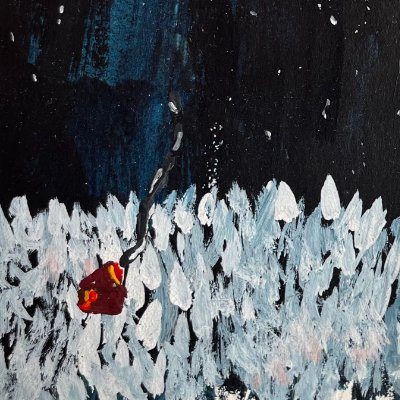A franchise can persist as an idea for a while in today’s NBA. Sam Hinkie got three-plus years to tear down the Sixers without even beginning to build them into something. The Giannis Era Milwaukee Bucks haven’t been much more than a lanky fever-dream since drafting the Greek Freak in 2013 and John Hammond is still the team’s general manager. Dell Demps landed Anthony Davis in 2012, saddled him with overpaid veterans, and has kept his job. If a squad has some young talent, or even the mere promise of acquiring an all-star in his prime or a ballyhooed 20-year-old in the near future, they’re understood to be on the right track, or at least adjacent to it.
The Boston Celtics aren’t particularly young, but they have a youth-like substance in the form of the third, 16th, and 23rd picks in Thursday’s draft, the right to swap first-round spots with the sure-to-be-awful Brooklyn Nets in 2017, and the Nets’ 2018 first-rounder. Everyone on the Celts’ roster is eminently tradable and signed to a below-market contract and Brad Stevens is already one of the league’s most effusively praised coaches just three years into his NBA tenure. Danny Ainge has put Boston in a position to succeed by prizing flexibility above all else in the same way Daryl Morey did with his pre-James Harden squads.
While this is sound strategy, it has so far produced a Celtics team that resembles an immaculately appointed used car lot. When every player is on the market, rooting for a franchise becomes complicated. Boston fans have occupied themselves over the past couple seasons by wondering if Jared Sullinger can turn himself into a stretch four and whether Isaiah Thomas is a star or merely a microwave-quick scorer, but those debates are just creative ways of passing time until a couple trades happen or a big-time free agent comes to town and The Real Boston Celtics blink into existence. As a result, all Celts talk has a provisional tone. Jae Crowder might need to take on a more involved role in the offense next season... or maybe he’ll get shipped out for Kevin Love this summer, in which case he’ll immediately stop mattering to New Englanders.
This multiple-mindedness about one’s team is perhaps more prevalent than ever among NBA fanbases given how fluid player movement is in the post-Decision era, but the Celtics are especially purgatorial. They have an outside shot at courting Kevin Durant. The aforementioned Love trade is on the table. They’re reportedly trying to grab either Jahlil Okafor or Nerlens Noel with the third pick and are habitually rumored to be sniffing around DeMarcus Cousins. Ainge has definitely asked the Bulls about what they would want for Jimmy Butler. Or maybe Boston will punt this offseason, draft whoever they like best at three and try to find a franchise player in the midseason trade market or the summer of 2017. Every possibility is in play and they have the pieces to sort out the logistics of just about any transaction.
And yet, the Celtics do have to become an actual basketball team sometime. Ainge’s seat is cool and secure, but he does have a window, here, where he can either use or lose the assets he’s collected. Isaiah Thomas and Avery Bradley are signed through the end of the 2017-18 season. The Nets draft pick gravy train halts in 2018. Every summer, a couple top college programs call up Brad Stevens to see if he’s interested in returning to college. If Ainge has leverage in each of his individual dealings with other front offices, he also has a clock ticking down in the back of his head. Non-stars on cheap contracts are nice; draft choices are swell; but they’re ultimately not what a franchise needs in order to accomplish anything of note.
This era of sports-thought in which fans and media are exceedingly careful not to conflate processes with results has been a net positive insofar as it has allowed franchises to think long-term rather than constantly and unsustainably spackling holes in their lineup that they can never completely fill. We understand that bottoming out can be a strategy and building a squad that doesn’t make sense now might yield a clarified one in the future. We brook three- and five-year plans and have studied the gradual process of team-building. Our appreciation for the moves that precede contender-dom have deepened.
What knocks all of that sideways is that front offices can make all the right moves and never come close to a title. Last week, I wrote about Masai Ujiri pulling a bunch of shrewd maneuvers in Toronto and ending up with a squad that got torched in the Eastern Conference Finals. Ainge might suffer a similar fate if one of those Nets picks doesn’t hit in the lottery and the asking price for every star he’s chasing is just a smidge too steep. The Celtics are in excellent shape, theoretically, but eventually they have to turn their theoretically bright outlook into some players who can help them reach the great heights they aspire to. Ainge projects patience because that what he needs to do. Desperation won’t help him strike the sort of deals he’s seeking. But despite his composed air, one imagines he still feels a nervous, hopeful twinge every time the phone rings.



